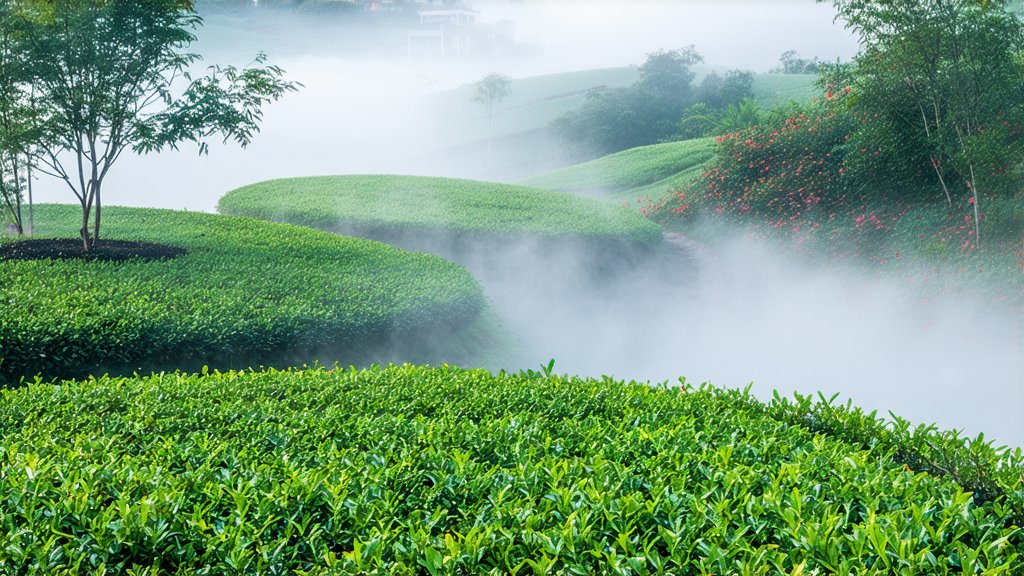
Dragon Well (Longjing) tea is one of China's most revered and celebrated green teas, hailing from the picturesque region surrounding West Lake in Hangzhou, Zhejiang Province. Known for its distinct flat shape and rich history, this tea has been enjoyed by emperors and commoners alike for centuries.
Historical Background
The origins of Dragon Well tea date back to the Tang Dynasty (618-907 AD), but it gained prominence during the Qing Dynasty when it was named after a well near a temple in the West Lake area. The tea's unique characteristics and superior quality led to its widespread popularity and eventual status as one of China's top-quality teas.
Varieties
There are several varieties of Dragon Well tea, each with its own unique flavor profile and aromatic qualities. The primary types include:
- West Lake Dragon Well: This is the original and most prestigious variety, grown in the West Lake scenic area. It is known for its smooth taste and chestnut-like aroma.
- Meijiawu Dragon Well: Grown in the Meijiawu village, this type is slightly more robust in flavor compared to its West Lake counterpart.
- Yinshan Dragon Well: Cultivated in the Yinshan area, this variety offers a sweeter and more delicate flavor.
- Xichun Dragon Well: Produced in the Xiacun area, this type is known for its strong fragrance and slightly astringent taste.
Cultivation and Harvesting
Dragon Well tea is typically harvested between late March and early April, coinciding with the Qingming Festival (Tomb Sweeping Day). The tenderest leaves and buds are carefully handpicked, usually in the early morning when they are at their freshest.
Processing Techniques
The processing of Dragon Well tea is an art form that requires precision and skill. Here’s a step-by-step overview of the traditional methods:
- Withering: Freshly picked leaves are spread out in a cool, shaded area to reduce moisture content slightly.
- Fixation: The leaves are then quickly fried in a wok or pan over high heat to halt oxidation. This step helps preserve the green color and freshness of the tea.
- Shaping: Skilled tea masters use their hands to flatten and shape the leaves, giving them the characteristic flat appearance. This process also helps release the tea’s essential oils and enhance its aroma.
- Drying: Finally, the shaped leaves are dried to remove any remaining moisture, ensuring long-term storage without spoilage.
Tasting and Appreciation
Tasting Dragon Well tea is an experience that engages all the senses. Here are some tips on how to fully appreciate this exquisite beverage:
- Visual Inspection: Observe the dry leaves, noting their flat shape and vibrant green color. When brewed, the leaves unfurl gracefully, revealing their full beauty.
- Aroma: Bring the cup close to your nose and take a deep inhale to capture the subtle, nutty fragrance of the tea.
- Taste: Sip slowly, allowing the tea to coat your palate. Notice the initial sweetness followed by a slight vegetal undertone and a lingering finish.
- Texture: Pay attention to the smooth, velvety texture of the tea, which is a hallmark of Dragon Well’s high quality.
- Aftertaste: Savor the clean, refreshing aftertaste that remains long after the tea has been swallowed.
In conclusion, Dragon Well tea is more than just a beverage; it is a cultural treasure that embodies centuries of tradition and craftsmanship. Whether you are a seasoned tea connoisseur or a curious newcomer, exploring the world of Dragon Well tea is sure to be a rewarding experience.